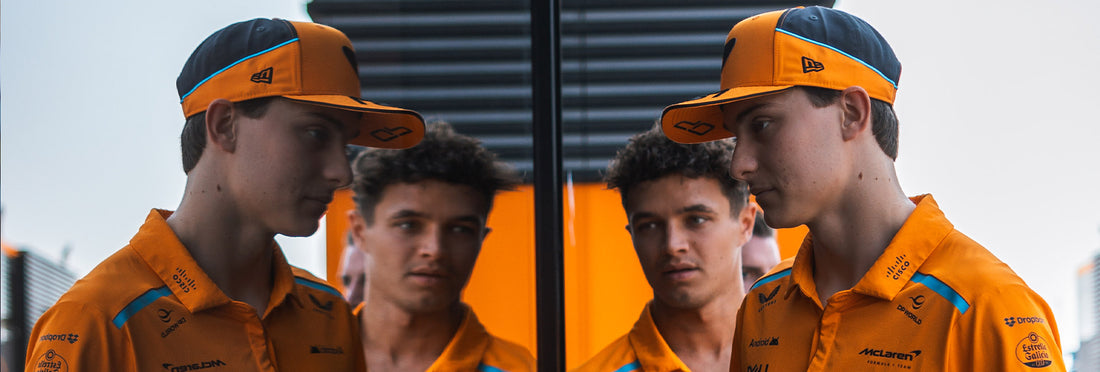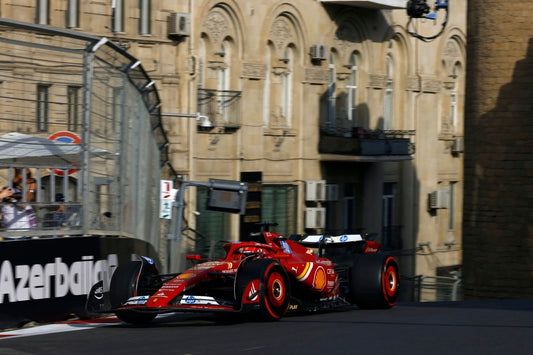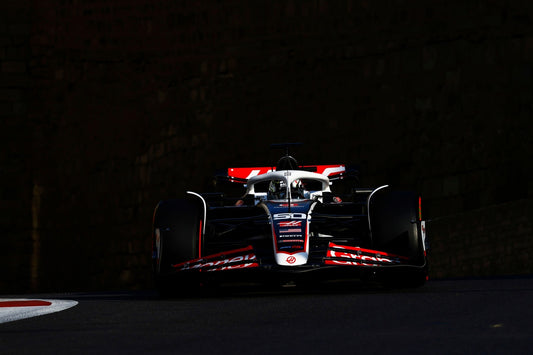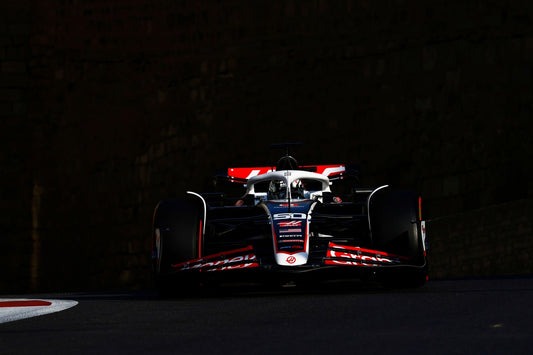Monza Magic: Inside Scoop on the Italian Grand Prix
Manish
The Italian Grand Prix at Monza is set to bring a fresh challenge this year, with significant changes to the historic track. As Formula 1's most-raced venue, Monza has undergone a complete resurfacing, along with alterations to kerbs and corner profiles. These modifications have transformed the familiar circuit into what feels like a new racing environment, creating an air of uncertainty and excitement for teams and drivers alike.
New Track Surface: A Game-Changer for Grip and Tyre Behavior
The most notable change at Monza is the brand-new track surface. Early reports from GT and EuroFormula cars suggest a significant improvement in grip levels compared to previous years. This enhanced grip, coupled with the elimination of some bumps, is expected to provide a smoother ride for F1 cars. However, the true impact on tyre behavior remains a key unknown that teams will need to unravel during practice sessions.
The darker color of the new tarmac is anticipated to absorb more heat, potentially leading to higher track temperatures than in previous years under similar weather conditions. This factor is expected to push tyres towards their thermal limits rather than causing graining issues, especially on softer compounds. Teams will be keen to confirm these predictions through extensive testing of all three tyre compounds during Friday's practice sessions.
Aerodynamic Considerations: Choosing the Right Rear Wing
Monza's long straights demand a low-drag setup, making the choice of rear wing crucial for optimal performance. Teams are exploring two options: the low-downforce wing introduced at Spa and an ultra-low downforce version specifically designed for Monza, with potential applications in Baku and Las Vegas. Practice sessions will be vital in determining which configuration offers the best balance between straight-line speed and cornering stability.
Slipstreaming Strategies and Braking Challenges
Finding the ideal following distance for qualifying laps remains a critical aspect of success at Monza. Teams must strike a delicate balance between gaining a beneficial tow on straights without compromising cornering performance. This optimal distance varies from track to track and can change year to year, making it a key focus area for teams during practice.
The high-speed nature of Monza also puts immense stress on braking systems. With several heavy braking zones, teams are implementing larger cooling scoops and experimenting with different brake materials to manage wear and performance. Understanding the limitations of ride height on the new surface is also crucial to prevent damage to the floor and maintain optimal aerodynamic efficiency.
Adapting to New Kerbs and Track Limits
The replacement of some double-element kerbs with single-element versions and the introduction of gravel traps immediately behind them presents new challenges. Drivers must be cautious to avoid bringing gravel onto the track, which could potentially damage tyres and floors. Adapting to these changes and finding the right balance between aggressive kerb usage and risk management will be key to achieving fast lap times while ensuring car longevity.
As teams dive into practice sessions, the focus will be on rapidly gathering data and insights to adapt their strategies to Monza's new characteristics. The ability to quickly understand and optimize for these changes could prove decisive in the quest for victory at the Temple of Speed.




